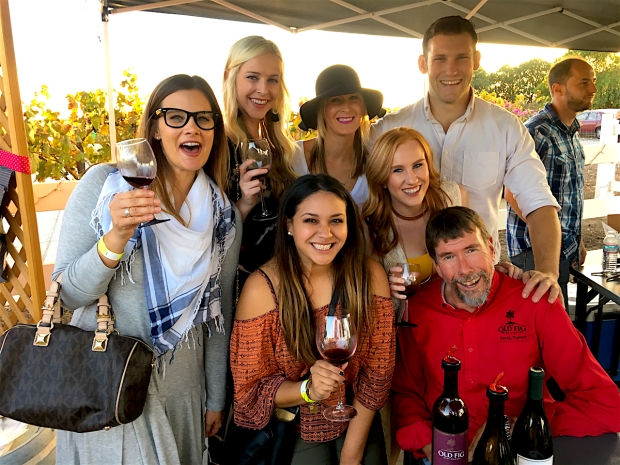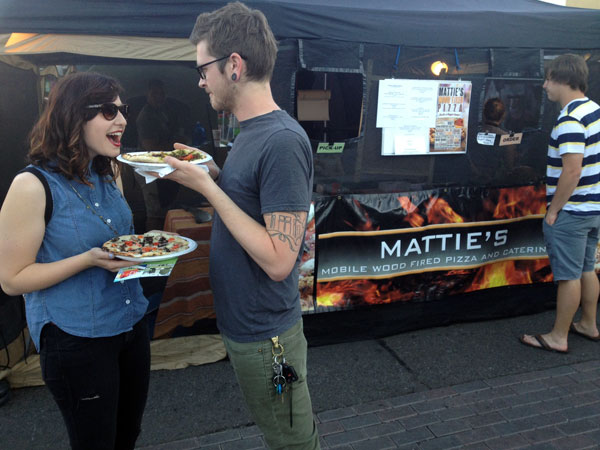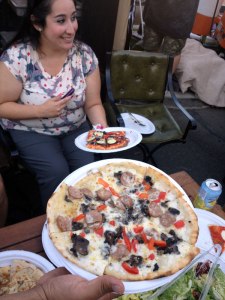Ponderosa pine interior, menu highlights Old Town opening

After closing just after New Years and a full-scale remodel nearing completion, chef and Clovis restauranteur Chris Shackelford is ready to reinvent Trelio Restaurant, January 27, 2017.
With a brand new interior of custom designed and manufactured local Ponderosa pine food grade tables, paneling, wine cabinets and bar, Trelio is ready to open their doors and serve a new menu
Opening in 2006 as an upscale, fine dining establishment on Clovis Avenue in Old Town Clovis, Trelio has evolved from regional american cuisine that not only represents the locally grown and produced bounty of the San Joaquin Valley, but also the changing food interests of the Fresno area and its owner.

And, while the central Valley’s dining options continue to expand and contract, often between the whims, perception and the harsh realities of economics, Trelio has been a stabilizing force in the Clovis dining scene even as owner and chef Chris Shackelford adjusted to both his and patrons’ expectations and desires.
“(In the beginning), we slowly migrated from being the ‘French Laundry’ of the central Valley to being more of a farm-to-table restaurant and comprehensive dining option in a European style,” Shackelford said. “That being said, we also enjoy the ties to regional cuisine of America.”
Trelio’s is food and wine centric. Every entrée and small dish they create is from scratch, including baking their own bread. As the restaurant has evolved and grown, owner and patrons alike place an emphasis on cooking, food and wine pairings.
“There are a lot of correlations between our menu and the wine offerings as well as correlations between the wine list and the food we serve,” Shackelford said. Styles and ingredients may change but our core is European.
“The food is a mix being that I have a French core technique, but we create homemade pasta dishes, seafood, steaks, wild game to tapas dishes that might be found in Barcelona,” Shackelford continued. “Heck, nothing is off-limits. We might even offer a Mexican dish or even offer Armenian or Persian.
And as the San Joaquin Valley has such a diversity of people and culture that have made the area one of the greatest agricultural industries in the world, Trelio has made it a point to be relevant and reflect that diverse cuisine with a distinctly European flair.
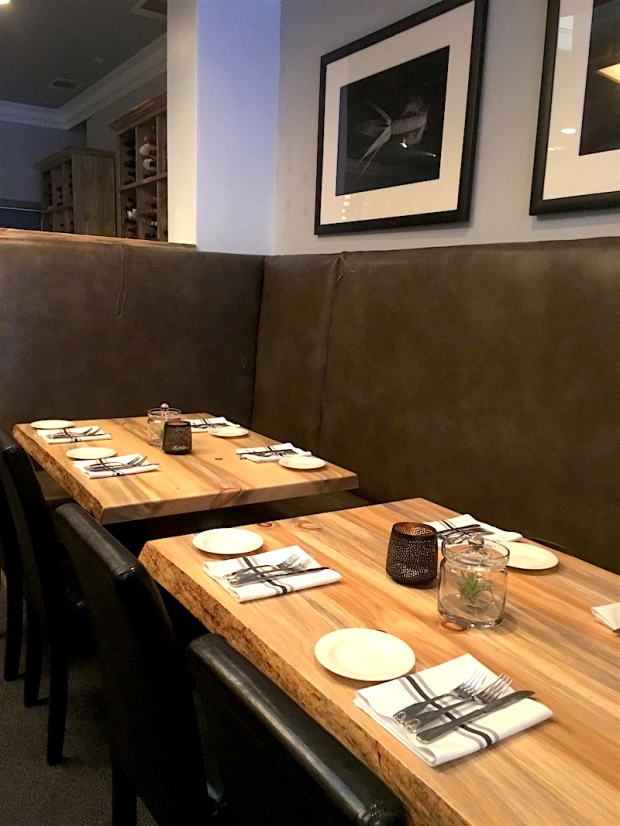
However, Shackelford and the new Trelio is adjusting its focus even as the chef and owner battles complacency in and out of the kitchen. He said he needed to change things up and began to change the menu about a year ago.
“We decided to shift the restaurant in what I believe to be the trending style to smaller plates, less expensive dinners,” he said. “We’ve basically been doing much the same for the last 11 years and decided to shift our focus.”
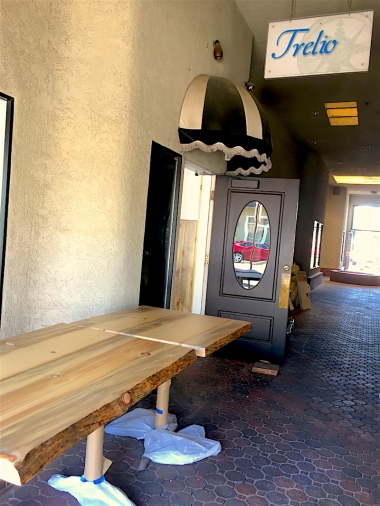
When the Shackelford brothers opened the restaurant in 2006, Chris quit his job and jumped in. This time he wanted to be more methodical in his vision for Trelio.
“I’ve been planning (changes) now for about six months with construction going on for about three months (furniture being built, etc.),” he said. “We are losing a few tables as part of a quality issue. We want to be full every night, keep our costs under control (food, staff) and be core, quality oriented.”
While the old Trelio had 12 tables, the 2017 version will only have eight including two sets of banquettes (up to 10 on each side for larger groups). The new menu is designed to be less expensive (up to 50 percent cheaper) and the portions are downsized by 20 percent to allow people to try other courses.
“The goal is to serve customers so they will not be overly full and be able to enjoy multiple dishes over an evening,” Shackelford said. “The menu is expanded, larger than it used to be. These options will be able to be put out (created) at a quicker pace. Simpler styles and more quality oriented dishes.”

Besides special events, wine tastings, holiday and winemaker dinners, Trelio is also offering a new take on dinner in the dining room.
“I wanted a way to develop dishes or introduce new techniques to the staff, so three to four times a month, we we do ‘bar dinners,'” Shackelford said. “We only have four-five seats at the bar for longer and specialized wine paired dinners hosted by me, the sommelier and chef.”
He went on to explain that this would be an extended prefix menu, a rare opportunity to experience an artistic version of a dinner that will most often be theme oriented. Examples might be a Cajun dinner during Mardi Gras to a French dinner on Bastille Day.
Those who are interested in a bar dinner will sit with guests at a beautiful 16X4-foot custom made solid natural distressed Ponderosa pine top complete with rustic wood edges cut from father Jim Shackelford’s property in the Sierra foothills above North Fork. He had over 70 dead and/or dying trees and hired The WoodShed of Clovis to mill and manufacture the bar, tables, open wine cabinets and paneling that now graces Trelio’s interior.
The whole interior is custom and brilliant in its natural state of light reddish-brown, grey/blue hues as well as the knotty highlights and nail or insect holes associated with each tree. The Woodshed contractors completed all the fine woodwork in a refurbished Trelio to complement the new grey color scheme.

While Trelio is already booked through Feb. 4, reservations are already filling up beginning Feb. 7. Dinner is served Tuesday through Saturday and guests looking for a relaxed, upscale dining experience that is centered around handcrafted food, an Wine Spectator award-winning wine list and personal service should consider Trelio for dinner.
Upcoming events on Trelio’s calendar include a Winter Wine Tasting, Feb. 4; a special Valentine’s dinner, Feb. 11 & 14; winemaker dinner with David Scheidt of Mastro Scheidt Family Cellars, Feb. 23. The dinner at the bar special series begins Feb. 28 for “Fat Tuesday at the Bar.” Please call ahead for availability and reservations.
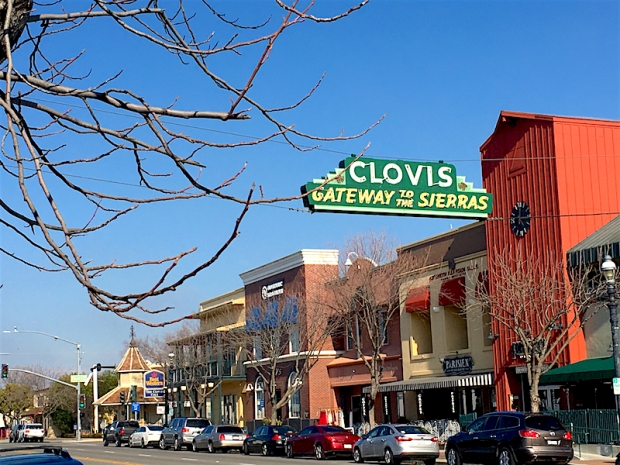
Reservations are recommended as Trelio will only seat 32-36 patrons per evening. Call (559) 297-0783, visit Trelio Restaurant on the web or use ‘Seat Me’ via Yelp. Trelio has seating times Tuesday through Saturday from 5:30 – 8:30 pm. Trelio is located at 438 Clovis Ave, Clovis, CA 93612.
Today, Chris Shackelford continues the Trelio Restaurant tradition and acts both as Trelio’s sommelier, chef and owner. He has been in the restaurant industry since he was 13 years old under a variety of central coast restaurants and chefs and at Erna’s Elderberry House for nine years before opening Trelio in 2006.
Be sure to read TalesoftheCork’s previous blog post, “Dinner pairings with Buena Vista Wines.” And if winemakers, wineries or restaurants are interested in a TalesoftheCork wine and/or food review on the blog, Instagram, Twitter and/or Facebook, please send us a request via email: talesofthecork@gmail.com or use DM on social media. TalesoftheCork also offers social media seminars for businesses.
















